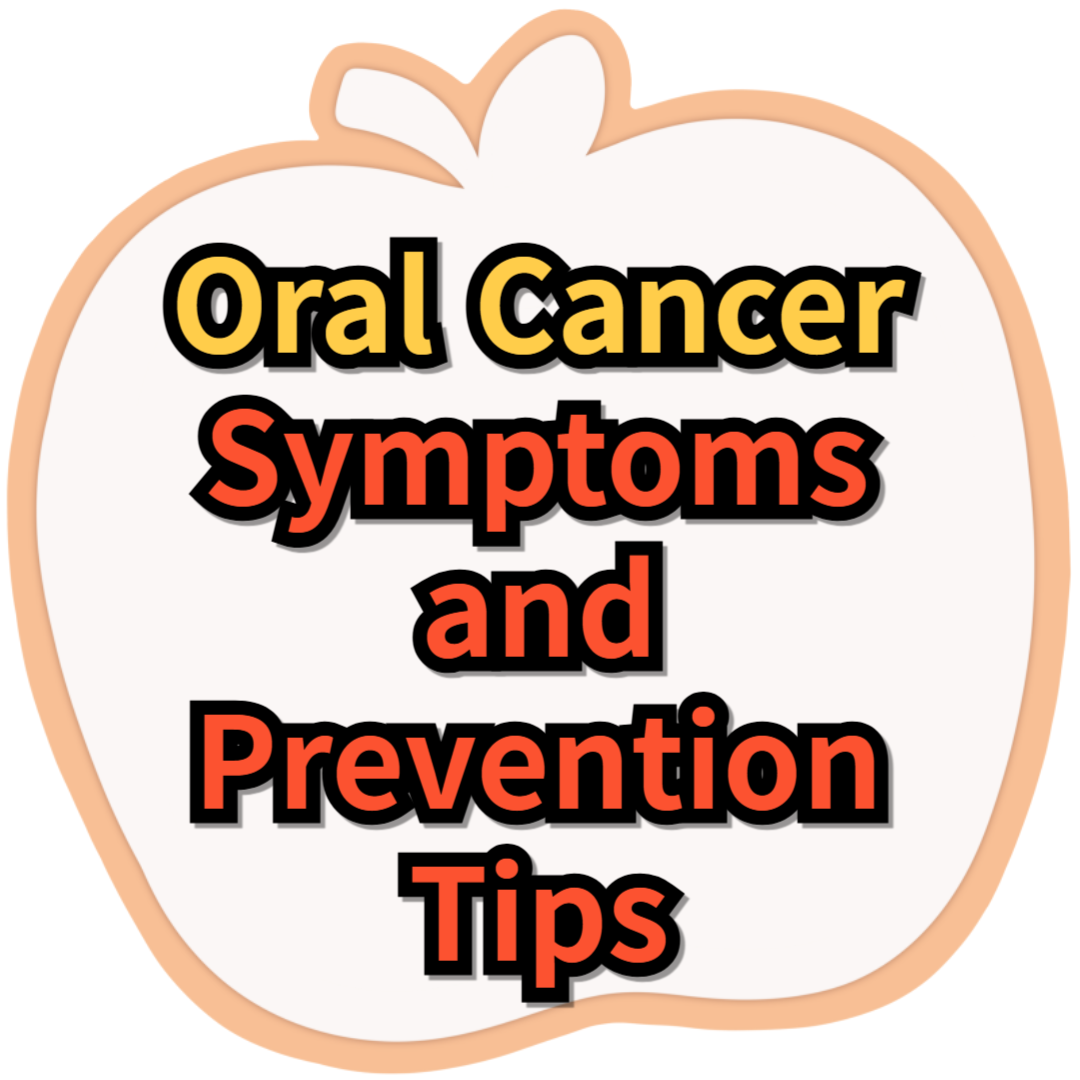Introduction
Oral cancer, also known as mouth cancer, can manifest in various ways depending on its stage. Early detection is crucial for effective treatment, so understanding the symptoms at different stages can be life-saving. This guide will walk you through the symptoms of oral cancer in its early, middle, and late stages, along with treatment options, survival rates, and lifestyle changes to help prevent it.
Early Stage Symptoms
In the early stages, oral cancer may not cause noticeable symptoms, making it challenging to detect without regular dental check-ups. However, some early signs to watch for include:
- Persistent Mouth Sores: Ulcers or sores in the mouth that do not heal within two weeks.
- Red or White Patches: Discolored patches on the gums, tongue, or lining of the mouth.
- Unexplained Bleeding: Bleeding in the mouth without an apparent cause.
These symptoms can often be mistaken for less serious conditions, so it’s essential to consult a healthcare professional if they persist.
Middle Stage Symptoms
As oral cancer progresses to the middle stage, the symptoms become more pronounced and harder to ignore. Common symptoms during this stage include:
- Lumps or Thickening: A noticeable lump or thickening in the cheek, tongue, or other areas of the mouth.
- Difficulty Swallowing: Pain or difficulty when swallowing, often accompanied by a feeling that something is stuck in the throat.
- Persistent Sore Throat: A sore throat that does not go away, often accompanied by hoarseness or changes in voice.
These symptoms indicate that the cancer is growing and may have started to spread to nearby tissues.
Late Stage Symptoms
In the late stages, oral cancer symptoms are severe and significantly impact daily life. Symptoms at this stage include:
- Severe Pain: Intense pain in the mouth, jaw, or ear.
- Weight Loss: Unexplained weight loss due to difficulty eating and swallowing.
- Facial Deformities: Visible changes in the appearance of the face or mouth due to tumor growth.
At this stage, the cancer has likely spread to other parts of the body, making treatment more complex and urgent.
Treatment Options
Treatment for oral cancer depends on the stage and location of the cancer, as well as the patient’s overall health. Common treatment options include:
- Surgery: This involves removing the tumor and some surrounding healthy tissue. In advanced cases, parts of the jawbone or tongue may also need to be removed.
- Radiation Therapy: High-energy beams are used to kill cancer cells. This is often used after surgery to eliminate any remaining cancer cells.
- Chemotherapy: This involves using drugs to kill cancer cells. It is often combined with radiation therapy for more effective results.
- Targeted Therapy: This treatment uses drugs that target specific aspects of cancer cells, such as proteins that allow them to grow and spread.
- Immunotherapy: This helps the immune system recognize and attack cancer cells more effectively.
Survival Rates
Survival rates for oral cancer vary depending on the stage at diagnosis and other factors. On average, the 5-year survival rate for oral cancer is about 68%. Early detection significantly improves survival rates, with localized cancers having a 5-year survival rate of approximately 86%. However, survival rates drop to around 40% for cancers diagnosed at a distant stage.
Risk Factors
Several factors can increase the risk of developing oral cancer. These include:
- Tobacco Use: Smoking cigarettes, cigars, pipes, and using chewing tobacco are significant risk factors.
- Alcohol Consumption: Heavy drinking increases the risk, especially when combined with tobacco use.
- Human Papillomavirus (HPV): Certain strains of HPV are linked to oral cancers.
- Excessive Sun Exposure: This can increase the risk of lip cancer.
- Poor Diet: A diet low in fruits and vegetables can increase the risk.
- Weakened Immune System: Conditions that weaken the immune system can increase the risk of oral cancer.
Lifestyle Changes to Prevent Oral Cancer
Adopting certain lifestyle changes can help reduce the risk of developing oral cancer:
- Avoid Tobacco: Refrain from smoking or using any tobacco products. Tobacco use is the leading risk factor for oral cancer.
- Limit Alcohol Consumption: Reduce or eliminate alcohol intake, as heavy drinking is a significant risk factor.
- Maintain Regular Dental Check-ups: Regular visits to the dentist can help detect early signs of oral cancer and other dental issues.
- Get Vaccinated Against HPV: Vaccination can protect against the strains of HPV that are linked to oral cancer.
- Practice Good Oral Hygiene: Brush and floss daily, and replace your toothbrush every 3-4 months.
- Follow a Healthy Diet: Eat a balanced diet rich in fruits and vegetables to support overall health.
Conclusion
Recognizing the symptoms of oral cancer at different stages is vital for early detection and treatment. Regular dental check-ups and being aware of the signs can help catch the disease early, improving the chances of successful treatment. If you notice any persistent changes in your mouth, consult a healthcare professional promptly. Early intervention can make a significant difference in the outcome of oral cancer treatment. Additionally, understanding the risk factors and adopting healthy lifestyle changes can help prevent oral cancer and improve overall well-being.
Related Articles You Might Enjoy. Best Vitamins for Macular Degeneration: Protect Your Vision Naturally
